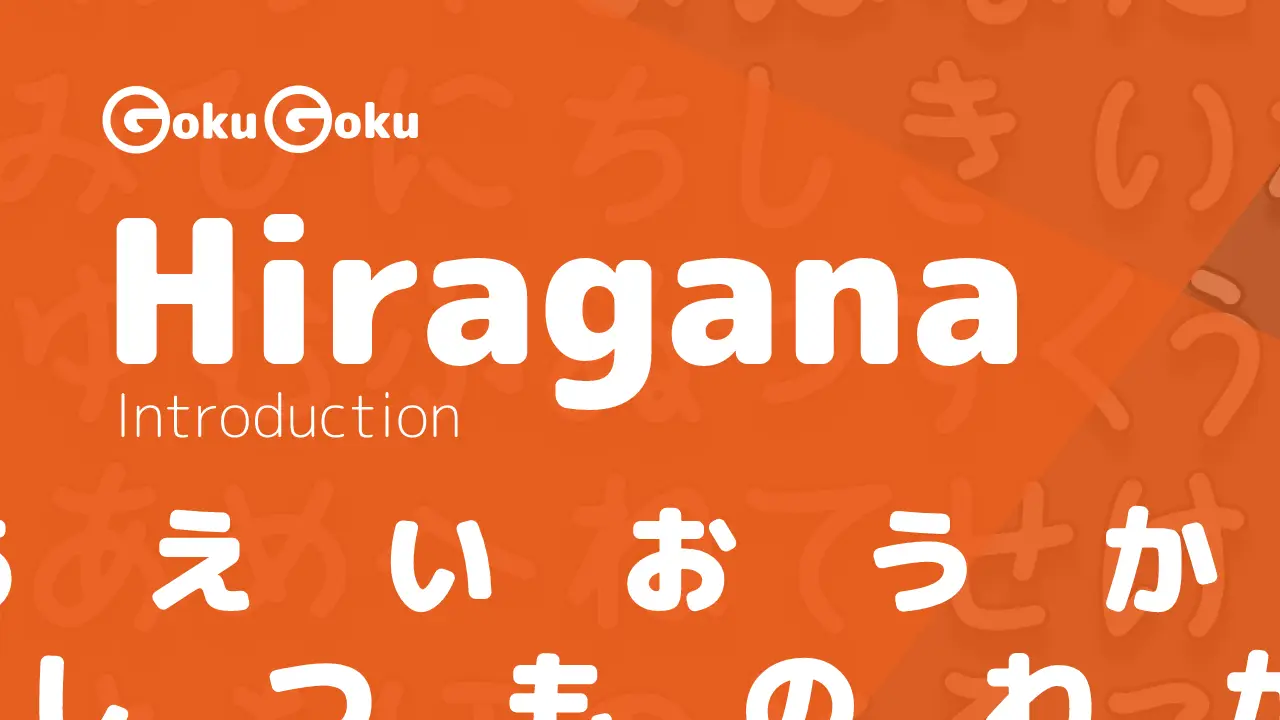Numbers in Japanese are different from Western languages. Each Japanese number has its own Kanji symbol and different pronunciations based on situation and usage.
Learning numbers in Japanese is important for many situations in everyday life, including:
Ask for phone numbers
Ask for an address
Recognize prices
Today we learn the numbers in Japanese from 1 to 10. For each number we are going to see its respective Kanji, its pronunciations, and its characteristics in different situations.
The number 1 in Japanese ・ 一
---
The number 1 in Japanese is 一, which is read as ichi.
As you can see, the number 1 is represented by a single horizontal line. For this reason, this Kanji is one of the easiest to remember.
The number 1 in Japanese is used in many words to mean one or the best / the number one, such as:
一番:
the bestornumber one一度:
once only一年:
one year
The number 2 in Japanese ・ 二
---
The number 2 in Japanese is 二, which is read as ni.
This Kanji adds a horizontal line to the kanji of 1. Two horizontal lines thus indicate the number 2, which also makes this kanji easy to memorize.
Like the number 1 in Japanese, 2 is also used to mean two things / twice, such as:
二番:
the secondorthe number two二度:
twice一二:
the first and second
The number 3 in Japanese ・ 三
---
The number 3 in Japanese is 三, which is read as san.
As for the kanji of 1 and 2, also for the number 3 in Japanese the kanji is simple, consisting of three horizontal lines.
As with 1 and 2, the kanji of the number 3 is also used to mean three things. Some examples are:
三番:
the thirdorthe number three三度:
three times二三:
two or three
The number 4 in Japanese ・ 四
---
The number 4 in Japanese is 四, which is read as yon.
This kanji is different than the 1, 2 and 3 kanji. However, this kanji is also pretty easy to remember.
Let's also see some examples of use for the number 4 in Japanese:
四強:
semifinalists四度:
four times四輪:
four wheels
The number 5 in Japanese ・ 五
---
The number 5 in Japanese is 五, which is read as go.
This kanji is also simple and different from the series of kanji 1, 2 and 3.
The kanji of the number 5 in Japanese indicates everything that is composed of 5 parts (such as the 5 senses), and it can also indicate half:
五感:
the 5 senses五分:
halfor50%五行:
the 5 elements

The number 6 in Japanese ・ 六
---
The number 6 in Japanese is 六, which is read as roku.
The kanji of the number 6 in Japanese is composed of the radicals:
亠:
lidハ:
legs
This kanji also consists of a few strokes and is easy to memorize.
As for the number 5, the number 6 is also linked to different symbolisms:
六大:
six elements六体:
six kanji writing styles六道:
six kingdoms(Deva realm, Asura realm, Human realm, Animal realm, Hungry Ghost realm, Naraka realm)
The number 7 in Japanese ・ 七
---
The number 7 in Japanese is 七, which is read as nana.
This kanji is made up of two simple strokes. The kanji of the number 7 is itself a radical for many other kanji (such as 切 cut, composed of 七 seven and 刀 katana).
The number 7 in Japanese is also used in several interesting words:
七大州:
seven continents七種:
seven spring flowers七不思議:
seven wonders
The number 8 in Japanese ・八
---
The number 8 in Japanese is 八, which is read as hachi.
As with the 7's kanji, the 8's kanji is also made up of two strokes.
Let's see some words that use the kanji of the number 8 in Japanese:
八道:
8 feudal districts八部:
eight legions八識:
the eight consciences
The number 9 in Japanese ・ 九
---
The number 9 in Japanese is 九, which is read as kyuu.
The kanji of the number 9 in Japanese has two traits, like the kanji of 8 and the kanji of 7.
There are some interesting terms for the 9's kanji in Japanese as well:
九尾の 狐:
the nine-tailed fox九生:
nine lives(cat)九夏:
summer
The number 10 in Japanese ・ 十
---
The number 10 in Japanese is 十, which is read as jyuu.
The kanji of the number 10 in Japanese looks like a symbol of the sum (+ and 十). This kanji is also made up of two strokes.
Many Japanese words contain the kanji of the number 10, which is also the basis of many successive numbers:
十分:
enough十字:
the cross十代:
teenage(between 10 and 19 years old)
The number 0 in Japanese ・ 零 (Extra)
---
The number 0 in Japanese is 零, which is read as rei. We also use to write the number 0 with its counterpart in Katakana ゼロ zero.
The kanji of 0 零 is much more complex than the kanji of the other numbers 1 to 10 in Japanese. The kanji 零 is made up of:
雨:
rain令:
orders
Also for the number 0 in Japanese we see some words that contain the kanji 零:
零細:
insignificant零度:
zero degrees零下:
below zero
You now know all numbers 1 to 10 (plus 0) in Japanese. These numbers are the basis of all the larger numbers, which are formed by a combination of these kanji.
If you want to learn more about their use you can read the post on Japanese numbers and on numeric suffixes.
Thanks for reading.







